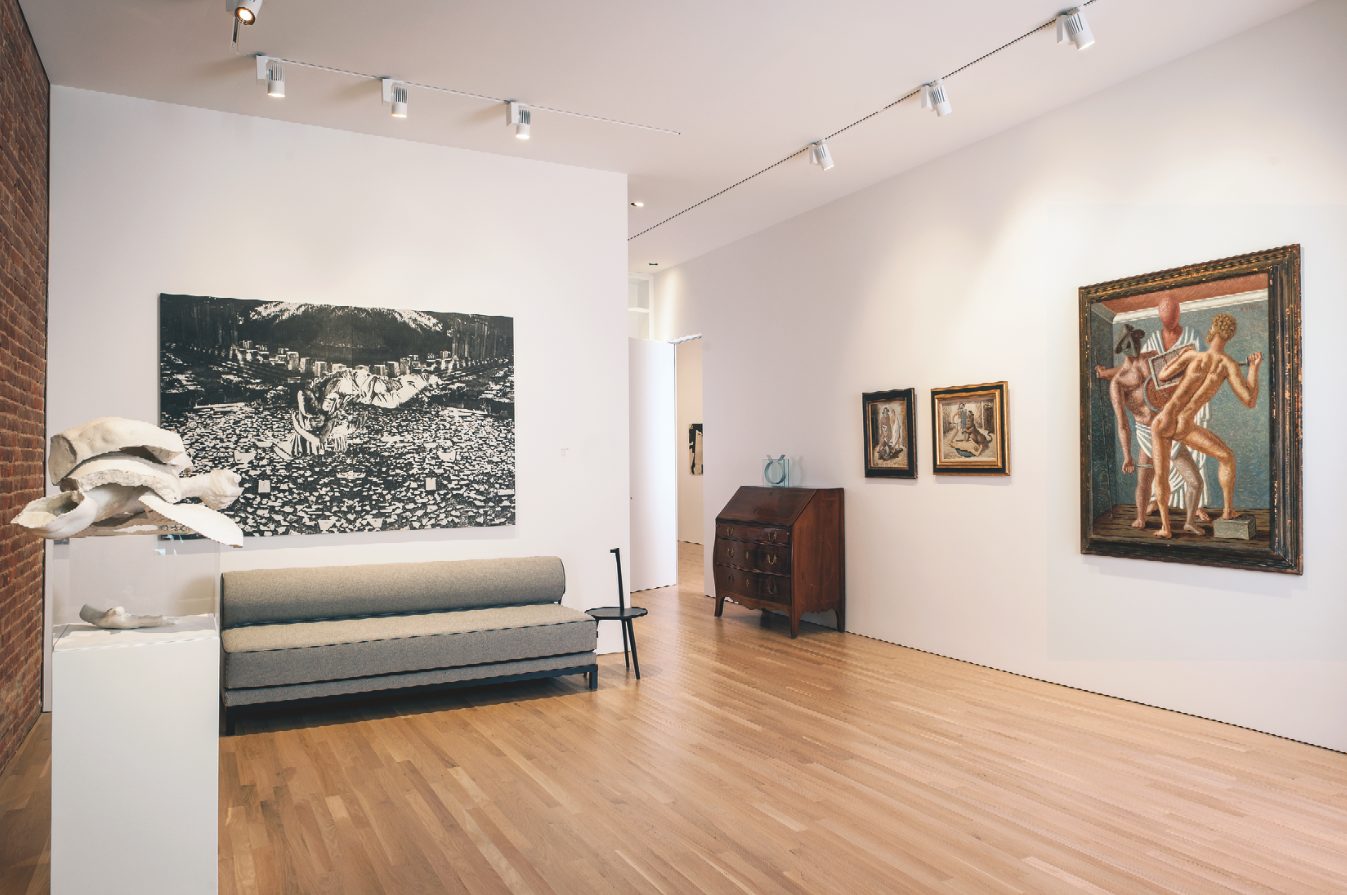As we approach the last days of the Giorgio de Chirico – Giulio Paolini exhibition season, CIMA 2016-17 Fellow Sophia Farmer takes a look at where else in New York City you can see paintings by Giorgio de Chirico.
In 1936, Giorgio de Chirico headed for New York City, but he had been dreaming of the city’s mythical skyscrapers and incorporating them into his paintings decades prior. For the Metaphysical painter, New York was not only a source of inspiration, but was also his point of entry into the American art market. In many ways the dealers, art historians, critics, and institutions of this city defined our understanding of de Chirico and his work today. Unfortunately, the narrative that was constructed and perpetuated by New York’s museums negates or overlooks the last six decades of the artist’s production. While many members of the American public readily recognize de Chirico’s early Metaphysical paintings (from the 1910 to 1919 period), his later works remain largely out of sight for even the most avid of museumgoers. Today, the best places to find works by de Chirico in this city include the Museum of Modern Art (MoMA), the Metropolitan Museum of Art (Met), and the Spencer and Print Collections at the New York Public Library (NYPL).
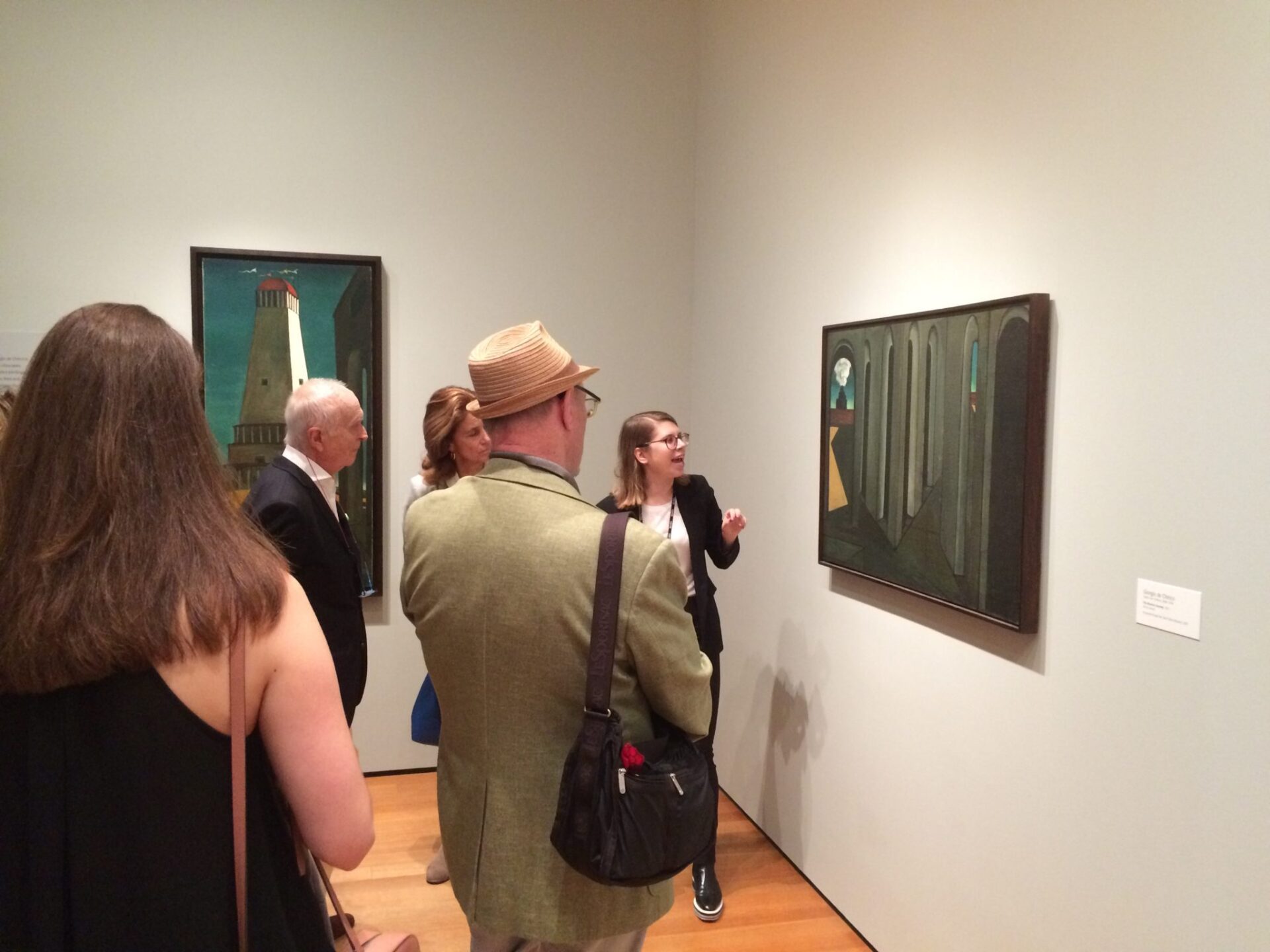
Undoubtedly, MoMA holds the best collection of de Chirico paintings in the United States. With over a dozen paintings from 1912 to 1917, the museum has one of the most significant collections of de Chirico’s Metaphysical paintings in the world. Thanks to the museum’s recent reinstallation of their fifth-floor permanent collection galleries, visitors can now see an entire room devoted to de Chirico’s paintings. Several of these paintings date back to the early years of the museum. Under the supervision of the museum’s first director Alfred Barr, the groundbreaking 1936 exhibition Fantastic Art, Dada, Surrealism showcased ten of de Chirico’s Metaphysical paintings, two of which were purchased and remain in MoMA’s collection: The Nostalgia of the Infinite (1912-13) and The Evil Genius of a King (1914-15). Additionally, others shown at this exhibition were acquired later on for the museum’s permanent collection including The Enigma of a Day (1914) and The Duo [or The Mannequins of the Rose Tower] (1915). This exhibition firmly established de Chirico’s early works as part of the development of Surrealism, but it was the museum’s later 1955 exhibition Giorgio de Chirico, organized by James Thrall Soby that solidified the framing of de Chirico’s later work as irrelevant. Soby was a critic, connoisseur, and collector who worked closely for years with MoMA in a number of different capacities. He was considered the foremost authority on de Chirico and though he was a champion of the artist’s paintings, he looked exclusively to the works created during the Metaphysical period. With this exhibition and the accompanying catalogue Soby firmly established the paradigm of de Chirico’s early work as “good” and his late work as “bad.” Moreover, nine works in MoMA’s collection were acquired from Soby. Therefore, MoMA was essential in shaping our contemporary view of de Chirico.
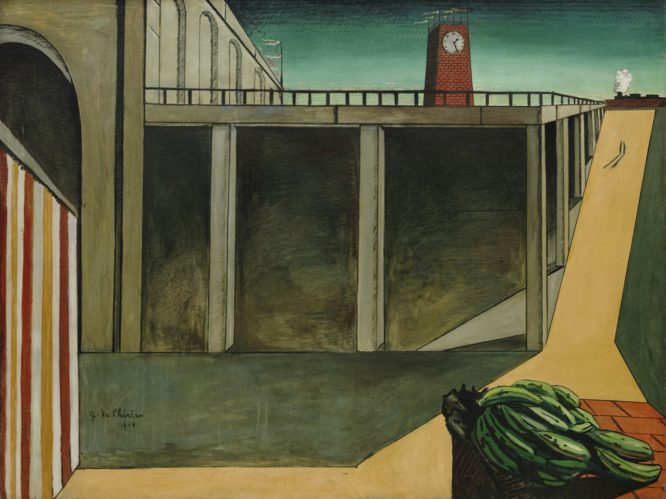
The Met also holds three remarkable examples from de Chirico’s Metaphysical period: Ariadne (1913), Self-Portrait (1912-13) and The Jewish Angel (1916), displayed in galleries 901 and 905. These works were all acquired relatively recently, the Self-Portrait in 1970 and the other two in the late 1990s.
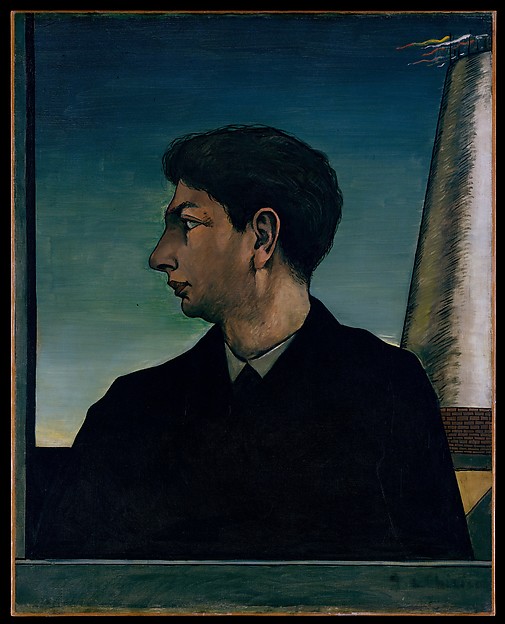
One can also find some of de Chirico’s later prints at The Met and at the Brooklyn Museum of Art, but the best destination for any New Yorker looking for de Chirico prints is the Spencer and Print Collections in Room 308 of NYPL’s Stephen A. Schwarzman Building. Open to the public Monday to Saturday with no need for appointment between the hours of 1:00 to 5:45pm, the Spencer and Print Collections hold some of the best examples of late de Chirico to be found in the city. Not only does the collection have individual lithographs such as The Return of the Prodigal Son I (1929) and Self-Portrait in Costume (1948), but it also features several extremely rare artists’ books. Among these are notable examples, such as Guillaume Apollinaire’s book of poem’s Calligrammes (1930) with lithographic illustrations by de Chirico. This artists’ book is one of six non-commercial editions printed on waterman paper. The de Chirico works in NYPL’s collection were acquired through both donation and purchase; interestingly, they do not follow the program mapped out by the MoMA, as all are from the artist’s later period.
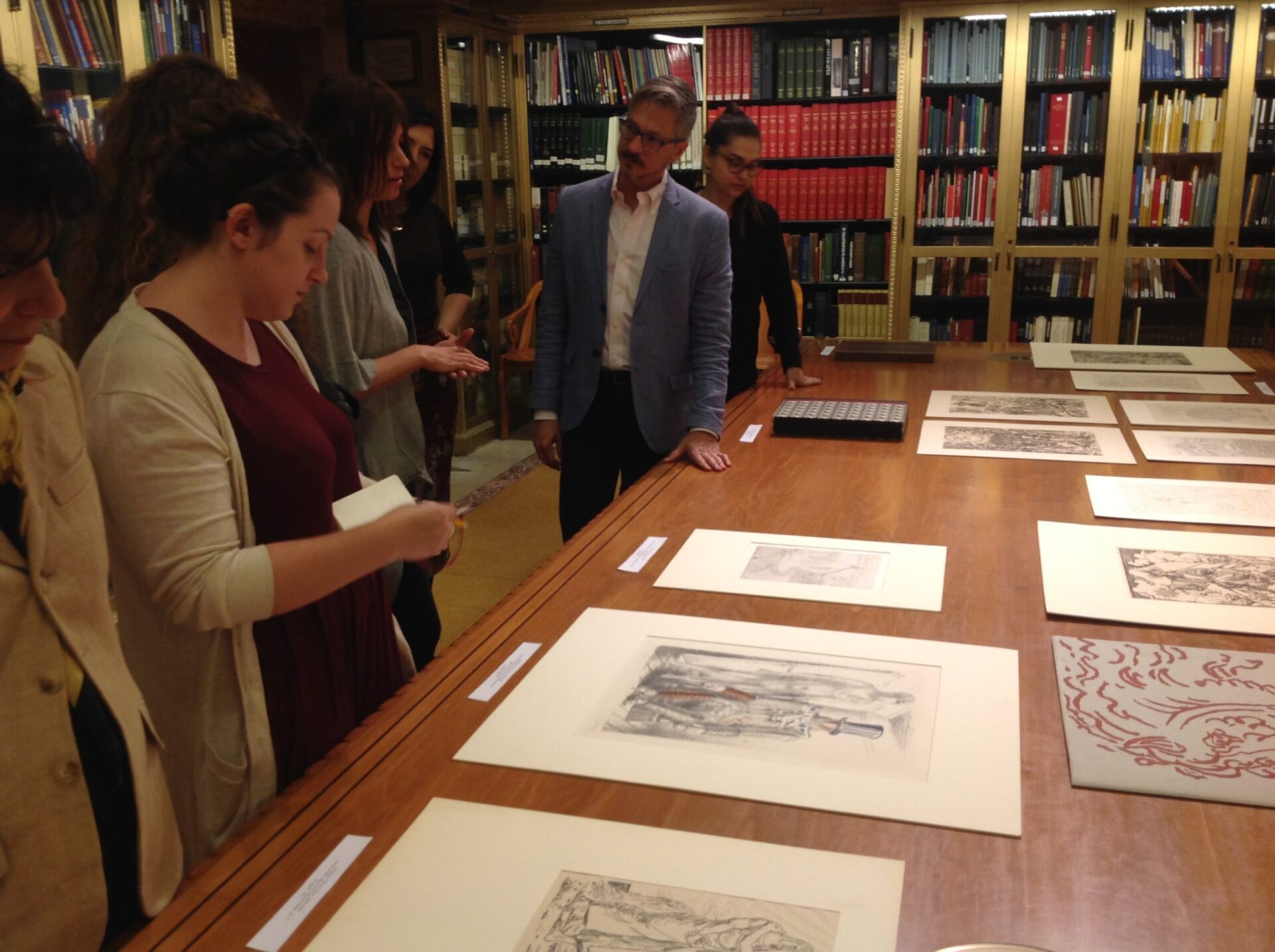
In contrast to the aforementioned permanent collections, the Center for Italian Modern Art’s (CIMA) current exhibition Giorgio de Chirico–Giulio Paolini / Giulio Paolini–Giorgio de Chirico (closing on Saturday, June 24) provides visitors with a unique opportunity to view notable works from both the artist’s early and later periods. By presenting the artist’s paintings on a continuum rather than dividing it into “good” and “bad” periods, this exhibition allows audiences to come to their own conclusions concerning de Chirico’s late production. The juxtaposition with a contemporary artist such as Giulio Paolini, who has been engaging with de Chirico’s works for nearly 50 years and considers the artist one of his “idols,” also allows us to see de Chirico not just as a precursor of the Surrealists, but also as a father of conceptual art.
